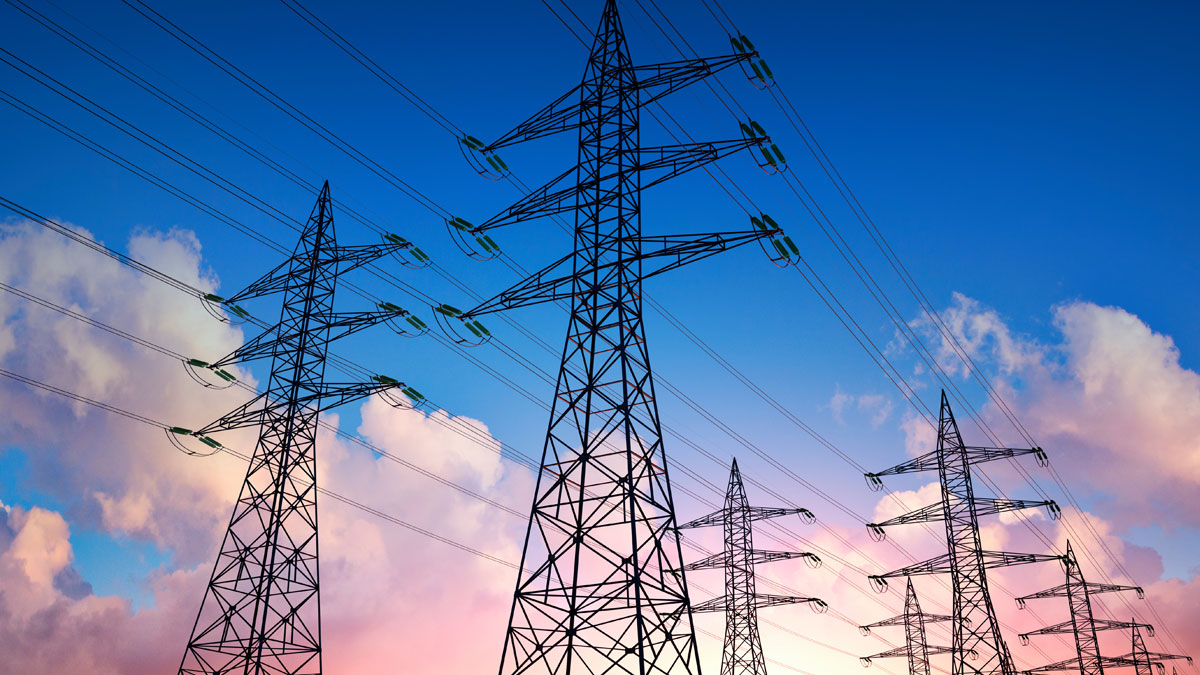Understanding the basics of electrical cable classification in the UK
In the UK, electrical cables are classified based on their voltage rating and their intended use. The voltage rating of a cable indicates the maximum electrical potential difference that the cable can safely carry. Cables with a higher voltage rating can carry more electrical current without overheating or becoming damaged.
There are several different voltage classifications for electrical cables in the UK, including:
- Low voltage (LV) cables: These cables have a voltage rating of up to 1,000 volts (V) and are used for the distribution of electrical power in homes, offices, and other buildings.
- Medium voltage (MV) cables: These cables have a voltage rating of 1,000V to 33,000V and are used for the distribution of electrical power in medium-voltage power systems, such as those found in factories, power plants, and large commercial buildings.
- High voltage (HV) cables: These cables have a voltage rating of over 33,000V and are used for the transmission of electrical power over long distances, such as between power plants and substations.
In addition to their voltage rating, electrical cables in the UK are also classified based on their intended use. For example, there are cables specifically designed for use in hazardous areas (e.g. petrochemical plants, mines), cables designed for underground installation, and cables designed for use in wet or damp environments.
Low voltage (LV) cables: Characteristics and common applications
Low voltage (LV) cables are designed for use in the distribution of electrical power in homes, offices, and other buildings. These cables have a voltage rating of up to 1,000V and are typically used for powering lighting, appliances, and other electrical devices.
Medium voltage (MV) cables: Characteristics and common applications
Medium voltage (MV) cables have a voltage rating of 1,000V to 33,000V and are used for the distribution of electrical power in medium-voltage power systems. These systems are commonly found in factories, power plants, and large commercial buildings.
High voltage (HV) cables: Characteristics and common applications
High voltage (HV) cables have a voltage rating of over 33,000V and are used for the transmission of electrical power over long distances. These cables are typically found in the transmission infrastructure of a power grid, connecting power plants and substations.
Testing electrical cables: Ensuring safety and reliability
The testing of electrical cables is typically performed to ensure that the cables meet certain performance standards and can safely carry the intended electrical current without overheating or suffering damage. Some of the main standards that apply to electrical cables in the UK include:
- BS EN 50525: Cables of rated voltages up to and including 450/750V
- BS EN 50575: Cables of rated voltages of 600/1000V and 1.8/3kV
- BS 7835: Power cables with extruded insulation and their accessories for rated voltages from 1kV up to 30kV
These standards specify the minimum performance requirements for various types of electrical cables, including requirements for electrical properties, mechanical strength, environmental resistance, and other factors.
In the UK, the testing of electrical cables is typically performed by third-party testing laboratories that are accredited by the United Kingdom Accreditation Service (UKAS). These laboratories are responsible for verifying that the cables meet the relevant performance standards and issuing test reports and certificates to confirm their compliance.
The quality of electrical cables installed in the UK is also subject to control and inspection by regulatory bodies such as the Health and Safety Executive (HSE) and local authorities. These bodies have the authority to enforce compliance with safety regulations and standards, including those related to the installation and testing of electrical cables.
I hope this additional information is helpful! Let me know if you have any further questions.
damage. The specific tests that are performed on a particular cable may vary based on the voltage rating of the cable and its intended use.
Conclusion: The importance of proper cable selection and testing in the UK
It is important to use the correct type of electrical cable for a particular application to ensure the safe and efficient transmission of electrical power. Using a cable with the wrong voltage rating or intended use could result in electrical fires, equipment damage, or injury to individuals. Proper testing of electrical cables is also critical to ensure the safety and reliability of electrical power systems. It is important to use cables that have been properly tested and meet the appropriate performance standards to reduce the risk of electrical accidents and equipment failures.

